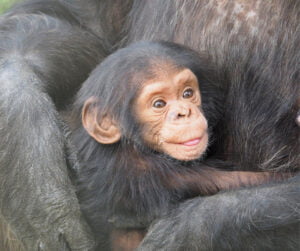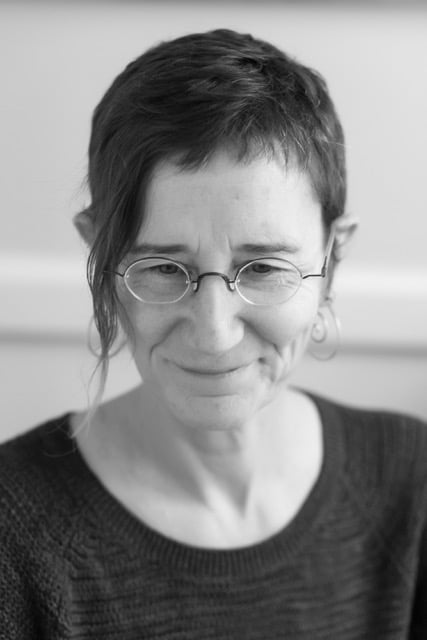 In my dream, my old mother is crying. And her crying makes me cry. We are both crying. When my mother died in the last weeks of 2014 she had been erased by dementia and had suffered a thousand small deaths before her material form succumbed. My dream is of she and I near her end. Her eyes are closed and mine beseech her to look at me. “Tell me something about myself,” she sobs and after a long pause, “I used to be athletic.” My own crying wakes me out of sleep. I am athletic, not my mother. I feel as if I am being erased, that I’ve lost something precious, that I am no longer myself. I feel horrible. I miss my mother. All morning, whenever I stop working on my novel, I cry for her. I cry like her death just happened. I cry like her absence is fresh. I cry for myself who has been crying for her for most of my life.
In my dream, my old mother is crying. And her crying makes me cry. We are both crying. When my mother died in the last weeks of 2014 she had been erased by dementia and had suffered a thousand small deaths before her material form succumbed. My dream is of she and I near her end. Her eyes are closed and mine beseech her to look at me. “Tell me something about myself,” she sobs and after a long pause, “I used to be athletic.” My own crying wakes me out of sleep. I am athletic, not my mother. I feel as if I am being erased, that I’ve lost something precious, that I am no longer myself. I feel horrible. I miss my mother. All morning, whenever I stop working on my novel, I cry for her. I cry like her death just happened. I cry like her absence is fresh. I cry for myself who has been crying for her for most of my life.
My novel—The Monkey King– is about attachment, love that grows from the original bonds between an infant and caretaker. I spent the day re-reading and editing the pages in my book where my protagonist, psychologist Harry Harlow presents the proper stages of a monkey’s relational trajectory.
 This is a factual event and I drew that scene of the novel from published sources. Harlow delivers a paper at the prestigious Tavistock Seminar on Mothers and Infants in 1961 where leading researchers in attachment theory gathered to share new work. There he discusses the stages of primate love: first the baby attaches to the mother. Next the monkey bonds with peers, and finally, becomes “heterosexual” as measured in the animals’ capacity to breed. Then the cycle repeats and this is called primate health (if that primate is in a lab). Harlow’s research interrupted the cycle, deliberately stranding a baby monkey between what it needed and what it got. Harlow separated mothers and babies. He separated babies from each other. He separated monkeys from other monkeys and he watched their suffering. He charted all the ways deprivations stunted them. He felt pride in his work. His peers considered it innovative. His work supported the work of John Bowlby and May Ainsworth. Yet the day-to-day practice of the lab was unspeakably cruel in a hundred of small ways. Small attachment dramas played out every day. Loneliness became the coin of Harlow’s realm. These are the spaces where fiction thrives. At least, mine does.
This is a factual event and I drew that scene of the novel from published sources. Harlow delivers a paper at the prestigious Tavistock Seminar on Mothers and Infants in 1961 where leading researchers in attachment theory gathered to share new work. There he discusses the stages of primate love: first the baby attaches to the mother. Next the monkey bonds with peers, and finally, becomes “heterosexual” as measured in the animals’ capacity to breed. Then the cycle repeats and this is called primate health (if that primate is in a lab). Harlow’s research interrupted the cycle, deliberately stranding a baby monkey between what it needed and what it got. Harlow separated mothers and babies. He separated babies from each other. He separated monkeys from other monkeys and he watched their suffering. He charted all the ways deprivations stunted them. He felt pride in his work. His peers considered it innovative. His work supported the work of John Bowlby and May Ainsworth. Yet the day-to-day practice of the lab was unspeakably cruel in a hundred of small ways. Small attachment dramas played out every day. Loneliness became the coin of Harlow’s realm. These are the spaces where fiction thrives. At least, mine does.
Writing about the lab and its place in the history and evolution of attachment theory while crying about my chronically ‘disappearing’ mother, writing about the suffering of baby monkeys while suffering through the never-ending drama of my own hungry attachment needs, illuminates this web of interconnectivity. I feel and feel for the characters—the indifferent adult, the broken bonds, the nine-year-old daughter– and I wait for the unexpected arrival of grace and love in the midst of routine suffering, theirs and my own. Writing in this concentric way is how the divine spirit, that holiest of ghosts, meets the hungry ghost each of us carries inside.




One Response
I feel so bad for that poor little monkey.